BEING FAMILIAR WITH DATA MINING AND ITS APPLICATIONS

Understanding the Concept of Data Mining and Its Significance
Data mining has become a buzzword in today’s world. From businesses to healthcare organizations, everyone is talking about the importance of data mining. You may have heard this term being used in various contexts, but do you truly understand what it means and why it is crucial? In this blog post, we will dive into the concept of data mining and its applications, helping you understand its significance in today’s data driven world.
What is Data Mining?
Simply put, data mining is the process of extracting meaningful patterns and insights from large sets of data. It involves using advanced algorithms and statistical models to identify correlations, trends, and patterns within the data. These patterns can then be used to make predictions and inform decision making processes.
Data mining is often associated with big data and analytics. With the vast amount of information being generated every day, organizations are turning to data mining techniques to gain valuable insights that can give them a competitive edge.
Why is Data Mining Important?
In today’s digitally connected world, businesses and organizations are faced with an overwhelming amount of data. Data mining helps them make sense of this information by identifying meaningful patterns that can inform their decisions. It allows them to move beyond simple data collection and analysis towards actionable insights that can drive growth, efficiency, and profit.
For example, retail companies use data mining techniques to analyze customer purchasing behaviors and preferences. This helps them segment their customers based on demographics, buying habits, or interests. By understanding these segments better, businesses can tailor their marketing strategies for each group effectively.
Another example would be healthcare organizations using data mining to improve patient outcomes by analyzing medical records for disease trends or identifying high risk patients for proactive care.
What is Data Mining?
Let’s define data mining. It is a process of analyzing vast amounts of data to identify patterns, trends, and relationships that are not easily visible. The extracted information can then be used for various purposes such as market research, fraud detection, predictive analysis and more. Essentially, it helps organizations make sense of the immense amount of data they have collected.
The primary purpose of data mining is to help businesses or organizations make better decisions based on factual insights rather than intuition or assumptions. By identifying patterns in customer behavior or market trends through data mining, companies can enhance their marketing strategies, personalize their offers to customers’ needs and preferences which ultimately lead to increased revenue.
Data mining has numerous applications across different industries such as finance, retail, healthcare, education and more. For instance: banks use it to detect fraudulent transactions; online retailers use it for targeted marketing campaigns; healthcare organizations use it for disease prediction and diagnosis; educational institutions use it for predicting student performance among others.
History and Evolution of Data Mining
Data mining has become an integral part of our lives, from powering the personalized product recommendations we receive online to predicting stock market trends. It is a process that involves extracting valuable information and insights from large sets of data through various techniques and algorithms. But have you ever wondered about its origin and evolution? Let’s delve deeper into the history of data mining to understand its journey and significance in today’s world.
Origin and Definition:
The term “data mining” was coined by computer scientist William Frawley in 1989, but the concept can be traced back to the 1960s when statisticians began using computers to analyze data. In simple terms, data mining refers to the process of discovering patterns and relationships within vast amounts of data, which can then be used for decision making or predictive purposes.
Early Applications in Business Intelligence:
In the 1970s and 1980s, data mining was primarily used for business intelligence purposes by companies like IBM, Xerox, and American Express. These early applications focused on finding insights from sales and customer data to improve marketing strategies and increase profitability.
Emergence of Big Data:
With the advent of technology, the amount of digital information generated by individuals and organizations has grown exponentially. This explosion of data gave rise to the concept of “big data,” where traditional methods of analyzing data were no longer sufficient. As a result, data mining techniques evolved to handle vast amounts of unstructured and varied datasets.
Impact on Data Mining:
Big data has had a significant impact on how we do data mining today. The availability of massive amounts of information has led to advancements in machine learning algorithms, natural language processing techniques, and cloud computing services.
Importance and Benefits of Data Mining
The primary purpose of data mining is to provide insights and knowledge that can improve business processes and decision making. By analyzing large amounts of historical and current data, companies can identify market trends, customer preferences, and potential risks or opportunities for growth. This information is crucial for making informed business decisions that can give companies a competitive advantage.
Now that we understand the purpose of data mining, let’s take a look at some of the different types of techniques used in this process. The most common types include supervised learning, unsupervised learning, clustering, association rule learning, and anomaly detection. Each technique has its own unique way of analyzing the available data to identify patterns or relationships within it.
Ways to Gather Data for Mining
Now that you have a basic understanding of what data mining is, let’s discuss its importance in today’s world. The sheer volume of data being generated every day makes it impossible for manual analysis. Data mining allows us to automate this process and discover patterns that may have gone unnoticed otherwise.
To gather relevant data for mining, there are various sources that you can utilize depending on your specific needs. One of the most common sources is transactional databases where all business transactions are stored, including sales records, customer information, and inventory levels. Social media platforms such as Twitter and Facebook also provide valuable insights into consumer behavior through their user generated content.
Another technique widely used in data mining is web scraping. This involves extracting data from websites by using automated bots or web crawlers. It enables you to gather information from multiple sources quickly and efficiently without manual efforts.
Techniques and Methods in Data Mining
Now that we have a basic understanding of data mining, let’s explore why it is so crucial in today’s world. With the rise of technology and digitization, every industry generates an immense amount of data that can be analyzed for insights. Data mining helps in uncovering hidden patterns and relationships within this vast sea of information which can then be used for decision making.
One industry where data mining has proved to be incredibly useful is marketing. Companies can use customer data to identify buying patterns, preferences and personalize their marketing strategies accordingly. This leads to more targeted campaigns resulting in higher conversion rates and customer satisfaction.
Another area where data mining plays a significant role is in healthcare. With electronic medical records becoming increasingly popular, there is now a vast amount of patient data available for analysis. By using data mining techniques such as predictive modeling, healthcare professionals can identify high risk patients and take preventive measures early on.
Applications of Data Mining in Different Industries
The main purpose of data mining is to turn raw data into actionable insights that can be used for various purposes such as decision making, predictions, and trend analysis. It enables businesses to understand their customers better, optimize their operations, and gain a competitive edge over others in the market.
So how exactly does data mining work? There are various techniques used in data mining such as classification, clustering, association rule mining, regression analysis, and anomaly detection. Let’s take a closer look at some of these techniques and their applications in different industries.
Classification is a technique that involves categorizing data into predefined groups based on certain characteristics. This technique is widely used in marketing to classify customers into different segments based on their purchasing behavior or demographics. By understanding customer segments better, businesses can target their marketing efforts more effectively.
Clustering is another commonly used technique which involves grouping similar objects together based on certain parameters. This technique finds its application in healthcare for patient segmentation based on medical history or symptoms.
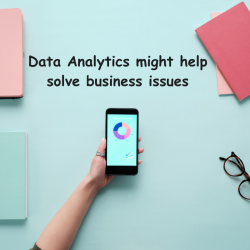
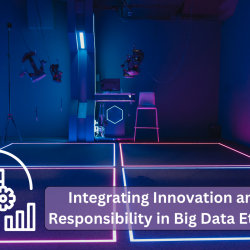
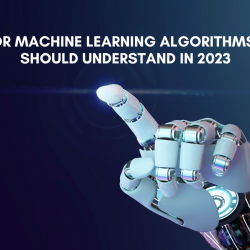
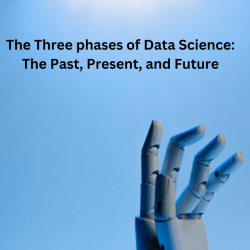
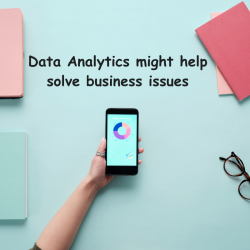
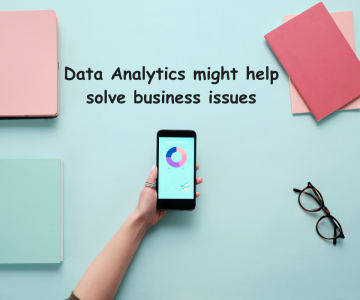
Ingen kommentarer endnu